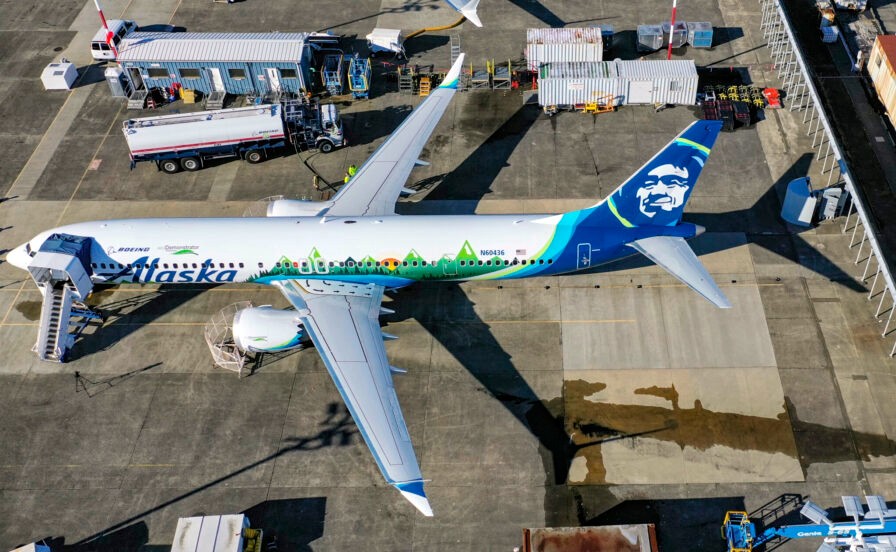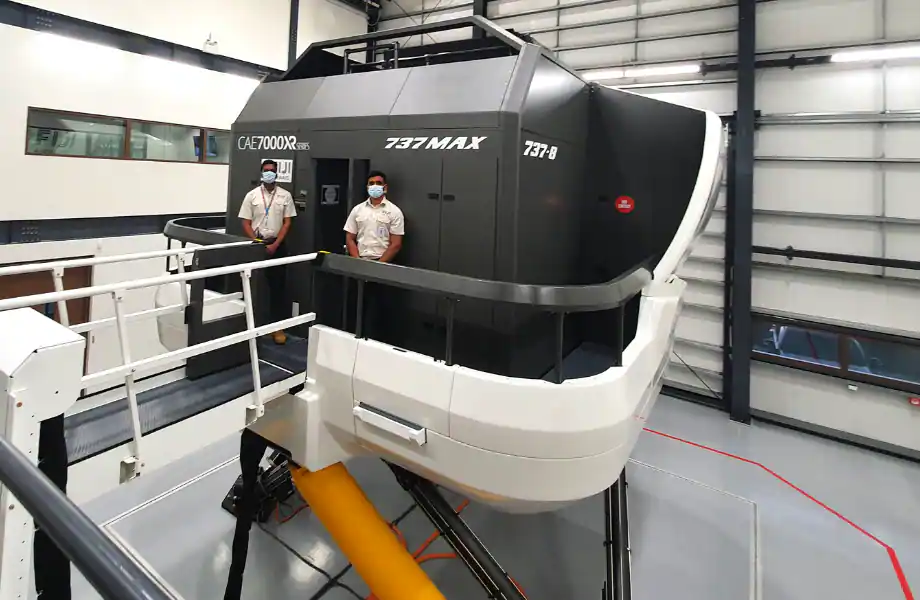VIRGINIA- In recent years, the Boeing aircraft with the model name 737 MAX has been under increased scrutiny due to several safety concerns that resulted in tragic accidents.
After a series of incidents, Boeing has taken steps to improve the safety of its aircraft. This article provides a detailed analysis of the updates and modifications made to address safety concerns for 737 MAX.

Boeing 737 MAX Updates
One of the key areas that Boeing has focused on is the software system implicated in the accidents. The Maneuvering Characteristics Augmentation System (MCAS) has undergone significant changes to prevent any potential issues.
Boeing has reprogrammed the MCAS to make it less aggressive and more predictable, addressing the concerns raised by pilots regarding the system’s previous behavior. This update is crucial in restoring confidence in the 737 MAX, ensuring that the aircraft is more reliable and pilot-friendly.
In addition to software modifications, Boeing has also made hardware changes to the 737 MAX. One notable enhancement is the installation of a dual-sensor system for the Angle of Attack (AoA) indicators.
Previously, the 737 MAX relied on a single sensor, which, if faulty, could lead to inaccurate readings and trigger unwanted responses from the MCAS.
The implementation of a dual-sensor system furnishes pilots with precise data pertaining to the aircraft’s angle of attack, thereby minimizing the likelihood of erroneous readings attributable to redundancy.

Comprehensive Training for Crew
Boeing has also prioritized comprehensive pilot training to address safety concerns associated with the 737 MAX. The company has developed specialized Boeing 737 Max training programs that focus on the unique features of the aircraft, with an emphasis on the MCAS and its functionalities.
Pilots are now required to undergo thorough training on the simulator, allowing them to familiarize themselves with the updated systems and practice handling various scenarios.
This training approach aims to ensure that pilots are well-prepared to manage any potential issues and respond effectively during flights.
Boeing has established a close collaboration with regulatory organizations, including the Federal Aviation Administration (FAA), to conduct thorough assessments and certifications of the upgraded aircraft bearing the registration number 737 MAX.
This collaboration with regulatory authorities guarantees that the aircraft meets the most rigorous safety standards and adheres to all the required regulations.
By engaging in transparent communication and sharing relevant information, Boeing aims to rebuild trust with both aviation authorities and the flying public.

Monitoring and Feedback
Another significant aspect of Boeing’s safety-focused approach is continuous monitoring and feedback collection.
The company has implemented robust systems to track the performance of the 737 MAX in real-world operations. This includes gathering data from airlines and pilots to identify any potential issues that may not have been evident during the testing and development phases.
The feedback loop allows Boeing to address emerging concerns and make necessary adjustments promptly and proactively.
Boeing has taken a multifaceted approach to address safety concerns in the latest updates to the 737 MAX. From software and hardware modifications to enhanced pilot training and collaboration with regulatory authorities, the aerospace giant is committed to ensuring that the aircraft meets the highest safety standards.
By implementing these measures, Boeing aims to rebuild trust in the 737 MAX and demonstrate its dedication to passenger safety.
Stay tuned with us. Further, follow us on social media for the latest updates.
Join us on Telegram Group for the Latest Aviation Updates. Subsequently, follow us on Google News.

